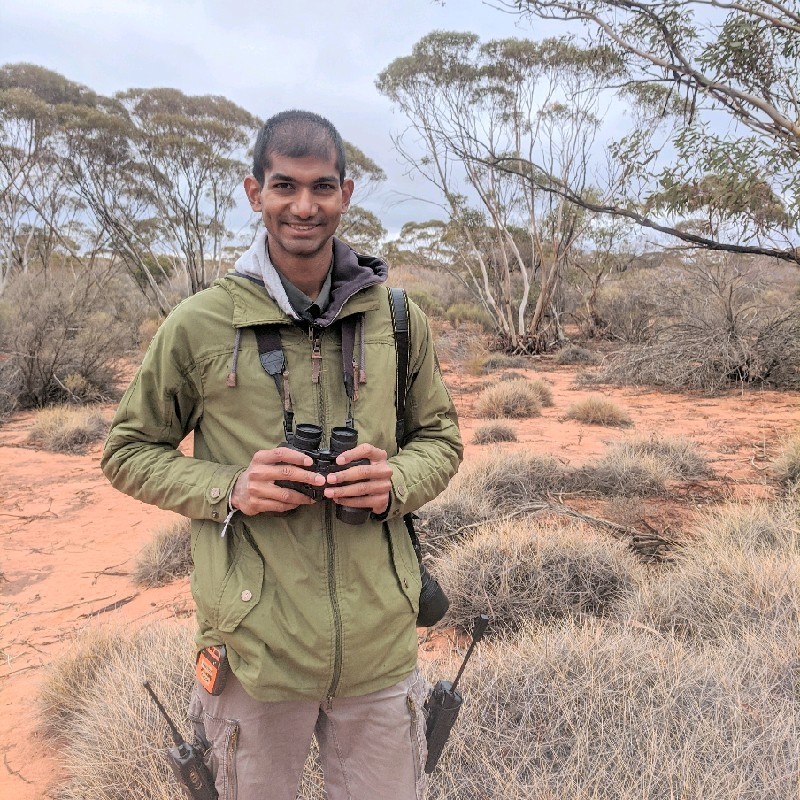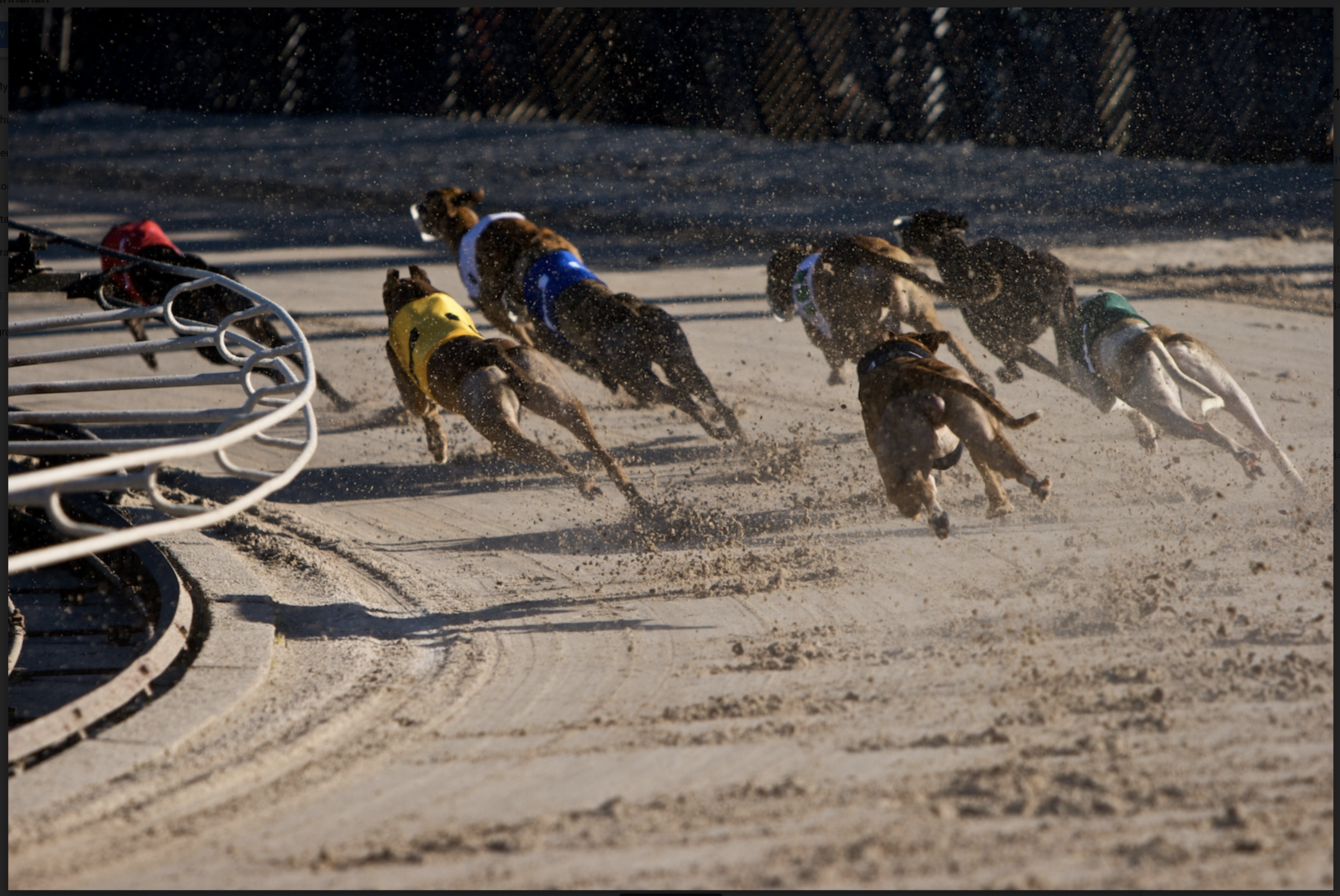In the wake of the 2019/2020 bushfires in which an estimated three billion wildlife perished, a two-year ongoing collaborative project led by researchers from the University of Sunshine Coast, and land custodians from the Quandamooka Yoolooburrabee Aboriginal Corporation, has shown bushfire management strategies would benefit if Aboriginal knowledge was included. Such knowledge could help mitigate the risks bushfires pose for vulnerable species such as koalas.
The study was conducted on 130 hectares in the northeast region of Queensland’s Minjerribah/North Stradbroke Island, that is home to a wide range of protected flora and fauna including a population of genetically unique koalas. The results showed no negative impacts on the densities or stress levels of the koalas after the first burn in July 2021.
Bruce Walker, a ranger with the QYAC, said cultural burns were cooler, lower, and slower than ‘hot fires’, enabling better coordination and control to encourage the regeneration of suitable native plants. The burns also controlled species like banksias and wattle, reducing the risk of fire reaching the canopy where koalas lived.
Asitha Samarawickrama, an environmental scientist with experience as a ranger, conservation and threatened species researcher, and environmental educator, and who conducted the research for his UniSC Master of Science, said the findings were exciting.
“It’s believed to be the first study of Aboriginal cultural burning to mitigate the risk of wildfires on koalas, something that’s increasingly important as uncontrolled wildfires become more frequent and severe with climate change. It showcases how cultural practices over millennia can be combined with cutting edge technology to advance science and support traditional management for conservation purposes,” he said.
The research involved counting and monitoring koalas using drones fitted with thermal cameras, and the collection of koala scats from the ground. These were analysed for hormone metabolite levels which could indicate stress.
Team supervisor Romane Cristescu, Director of Detection Dogs for Conservation, and a Research Fellow at UniSC, said Minjerribah’s koalas were genetically distinct and very healthy, and in contrast to mainland koalas showed little evidence of diseases such as chlamydia.
“After the 2019-2020 megafires showed the vulnerability of koalas living in fire-prone habitat, an obvious solution was to address the ways we manage fires to try to prevent them. This study is a first step to show that cultural burns have that potential,” she explained.
A second burn during August 2022 was successfully conducted with study and funding partner organisations WWF-Australia and the Queensland Department of Environment and Science.
Anne Layton-Bennett



